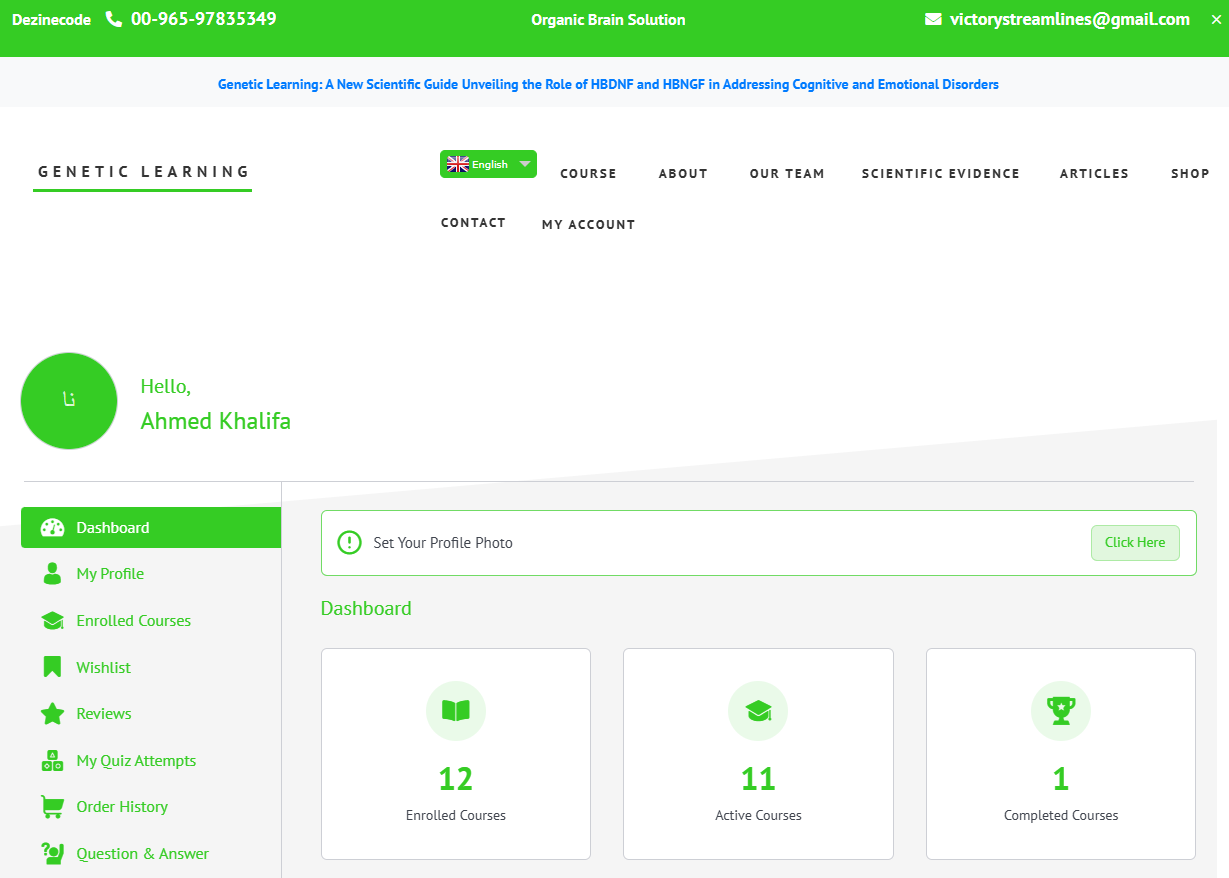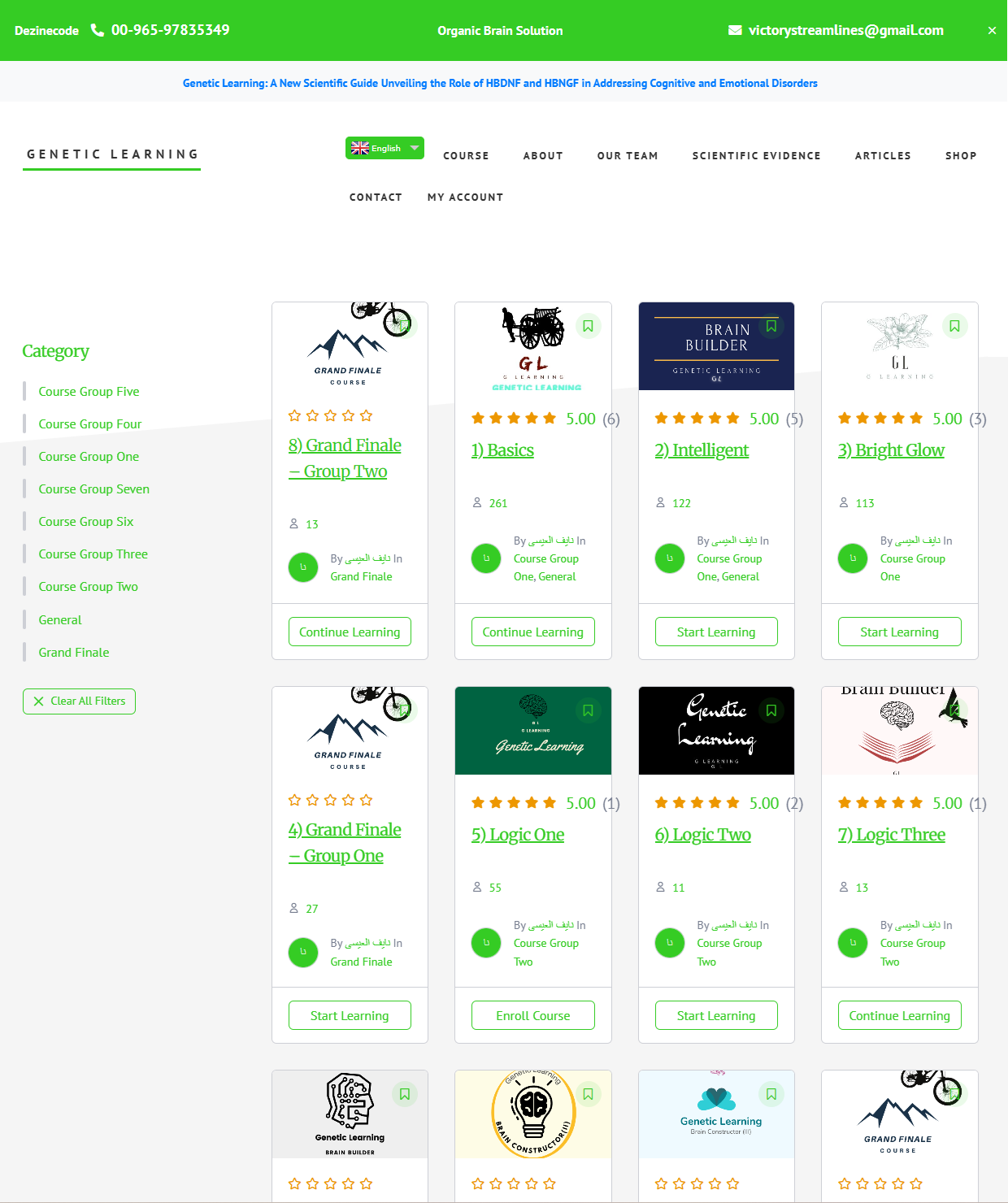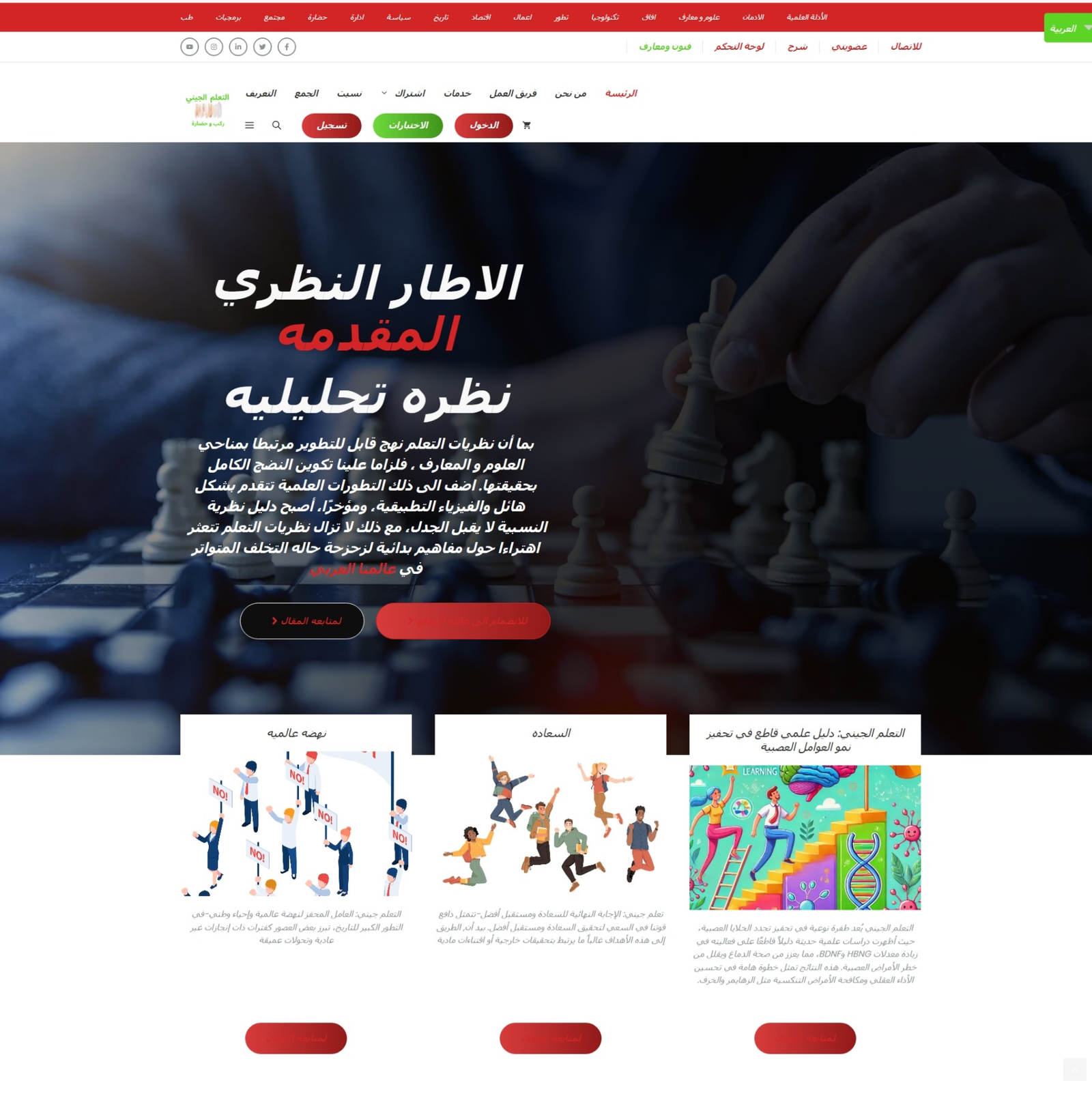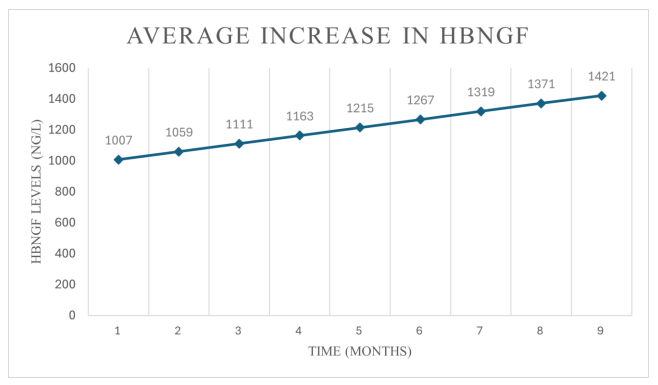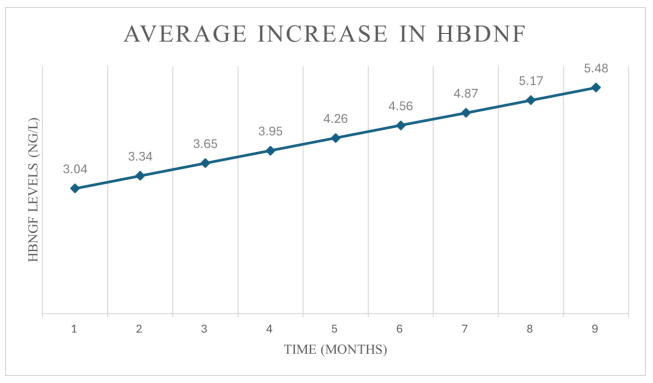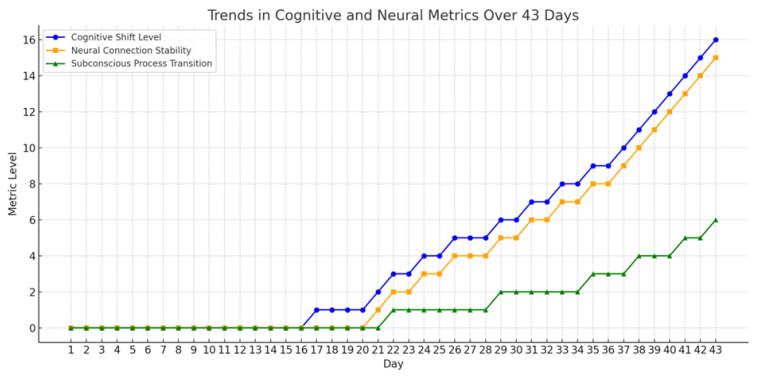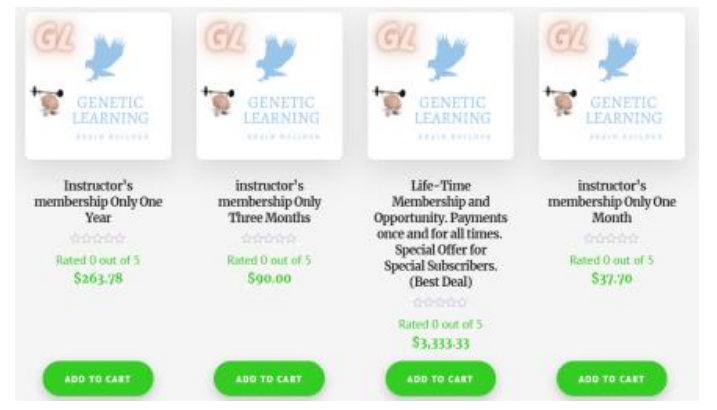🔬 Introduction
Genetic Learning is an advanced algorithm designed to stimulate human brain cell growth and enhance cognitive functions. It leverages the principles of Neurogenesis, the process of generating new brain cells and integrating them into neural networks, which plays a pivotal role in cognitive development, learning, memory retention, and mental well-being. This algorithm lays the foundation for a system that promotes intellectual growth by enhancing emotional adaptability, neuroplasticity, and personalized skill development.
Genetic Invent, a company founded by Naif Talal Al-Essa, adopts the principles of Genetic Learning to drive innovation and intellectual growth. It is a forward-thinking company targeting the establishment of an innovative incubator to nurture unapproachable ideas and technological advancements. The company trains engineers in these unprecedented concepts and utilizes its platforms to develop inventions and foster creativity. Operating through a network of websites, these platforms implement the Genetic Learning algorithm to deliver scalable solutions for cognitive enhancement and personalized education.
Unlike conventional systems, Genetic Invent's platforms incorporate dynamic, multi-tiered matrix challenges that align with AI learning models. These cognitive challenges adapt continuously based on user responses, employing real-time feedback and a progression engine to support neurogenesis and brain plasticity. This method enables users to significantly improve cognitive ability, memory, emotional well-being, and productivity. The platforms also address key sectors, including mental health, addiction treatment, and degenerative disease recovery.
By integrating the methodologies of Nusayba Abdulaziz Al-Mutawa, a visionary educator, with AI-driven cognitive learning pathways, Genetic Invent stands as a testament to the transformative power of Genetic Learning. The system's unique ability to stimulate human brain cell growth while supporting adaptive learning differentiates it as a significant tool for intellectual and societal progress.
